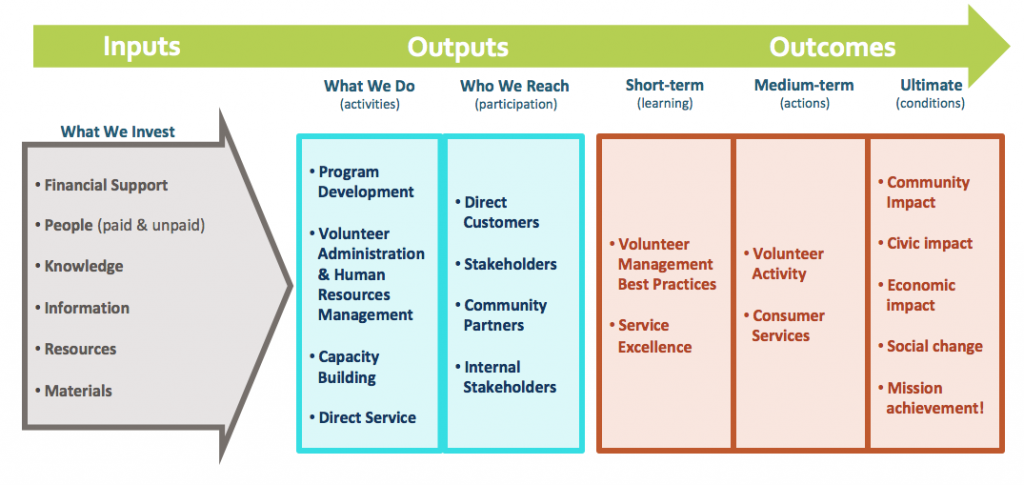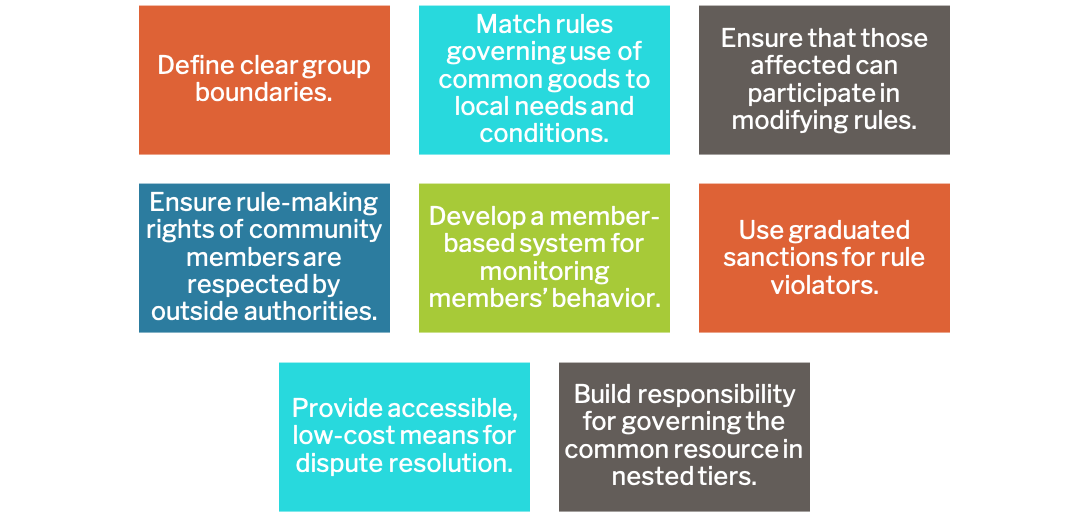
You Need Change? This is Why Volunteers Are Important
As nonprofits continue to grow their community engagement strategies, there’s been a growing interest in why volunteers are important and measuring the impact of volunteers as human resources.
For good reason. If you don’t understand the return you can expect, it’s a challenge to see where nonprofit program investments make the most sense.
Some funders, too, understand the value of strategic investments into volunteer resources as a strategy to build capacity but have yet to fully grasp the direct connections between management practices and achieving full potential.
Jane Leighty Justis, Board President of the Leighty Foundation notes that, “Many funders understand the immense value of community volunteers, and the importance of a solid infrastructure, but fail to appreciate the skills, planning and support needed to harness their full potential. As a result of this disconnect there is a reluctance to provide the financial support necessary.”
Defining volunteers as human resources is, of course, a traditional way of looking at things in volunteer administration. And, it’s not without merit.
It tends to align with the way we think of employees and, as such, the systems we use to engage volunteers often look very similar to paid staff activities — recruitment, screening, placement, onboarding, orientation, retention, etc.
What is a Resource?
In general, resources are defined as “a stock or supply of money, materials, staff, and other assets that can be drawn on by a person or organization in order to function effectively.”
Economists point to five types of resources that drive the human enterprise:
- Land – natural resources such as iron ore, timber, gold, coal, oil, etc.
- Capital – plants and equipment used in the production of final goods, such as assembly lines, trucks, heavy duty machinery, factories, etc.
- Entrepreneurship – the person or group that marshals resources in the production of final goods
- Technology – tools for business, including knowledge and information management
- Labor – human resources such as wage-earning workers
Labor would also include unpaid workers, such as volunteers.
But, here’s the rub.
When we think of them as human resources, we tend to think of them as inputs into a greater system of change. They are investments necessary to create the greater good. But, that’s only part of the picture.
What’s more, if resources are simply a supply, then they can also be depleted.
Volunteer Human Resources Logic Model
When you map it out on a logic model — a graphic theory of change representing an informed hypothesis about how things work — we see volunteers as the raw materials in which we invest (to the far left of the graphic below) rather than placing volunteers as the backbone that brings about community outcomes (on the right of the graphic).
Logic Model for Volunteers as Human Resources

When we think of volunteers as resources, we naturally consider the time they donate as a key indicator of success. So, we spend time and effort tracking hours and estimating the value of their time that we can then communicate to stakeholders.
Not all bad. It helps to know how our resources fluctuate over time to better predict a future shortage.
But, this approach leaves countless stories of volunteer why volunteers are important on the table and doesn‘t solve potential issues of sustainability.
Volunteers as Natural Resources
In recent years, scholars Jeffrey Budney and Lucas Meijs have developed of new conception of volunteer energy as a social resource that constitutes the basis for organizationally based volunteering.
They explain that volunteer energy can be compared to a human-made, renewable resource that can be grown and recycled – but is also one that is subject to misuse and misappropriation. And, they point to grave concerns about the sustainability of the resource.
In contrast to an investment model, poor stewardship of volunteer talent as an energy resource can have negative impact on all facets of an organization’s work.
Leaders who consider volunteers “nice but not necessary,” may not find them worthy of investing in their recruitment, nurture, and retention.
To address this issue, they suggest that volunteer-involving organizations work collectively, rather than individually, in making volunteer energy more available, now and in the future.
Finally, they suggest that these organizations manage the “volunteer commons” and maintain this sustainable resource by borrowing from existing models for managing a “common pool” natural resource. They cite Elinor Ostrom’s 8 Principles for Managing A Commons as an example.
Elinor Ostrom’s 8 Principles for Managing A Commons

However, in all of the models listed above, volunteers are viewed as a resource, which is still overlooking the number one reason why volunteers are important to nonprofits.
What would happen is we, instead, thought of them as something else altogether? What if we realized that volunteers are the backbone of all change we want to bring about?
Why Volunteers are Important: Think Catalysts
If demonstrating volunteer impact is a goal, perhaps we need to shift our perspective about why volunteers are important in our organizations.
It may be time to question the use of the volunteer human resources model as the definitive approach.
Instead, what if we defined volunteers as a catalyst?
A catalyst is defined as “a substance that increases the rate of a chemical reaction without itself undergoing any permanent chemical change.” It can also be “a person or thing that precipitates an event.”
A catalyst, in this case, is not necessarily something that is used up. It’s something that brings about change or creates the opportunity for processes to be more effective.
And, if engaged effectively, isn’t that precisely what volunteers do?
Now, one might argue that volunteers — as catalysts — also undergo change themselves through service, but you get the point. Volunteers are often the “special sauce” that makes change possible. When you realize why volunteers are important and utilize their contributions of time and talent, amazing things happen.
When we think of volunteers as catalysts versus volunteers as human resources, we also transform how we think about their impact (moving to the right of the logic model).
We begin to wonder what specific outcomes are realized because of their contributions (and what might be missing if they weren’t here). What results would you achieve (or not) if volunteers were not active supporters?
When we think of volunteers as human catalysts, we also start to wonder how we can create the conditions that make these changemakers even more effective and powerful.
How can your management drive more purpose, engagement, motivation and growth within your team of talent? And, conversely, what is actively dampening their “can do” spirit?
Are Volunteers Human Resources or Catalysts?
Have you fully realized why volunteers are important at your agency? Are volunteers considered simply human resources, or are they thought of as be powerful agents of change? Are they resources or catalysts?
And, how would your strategy change if you changed your perspective?







Leave A Comment